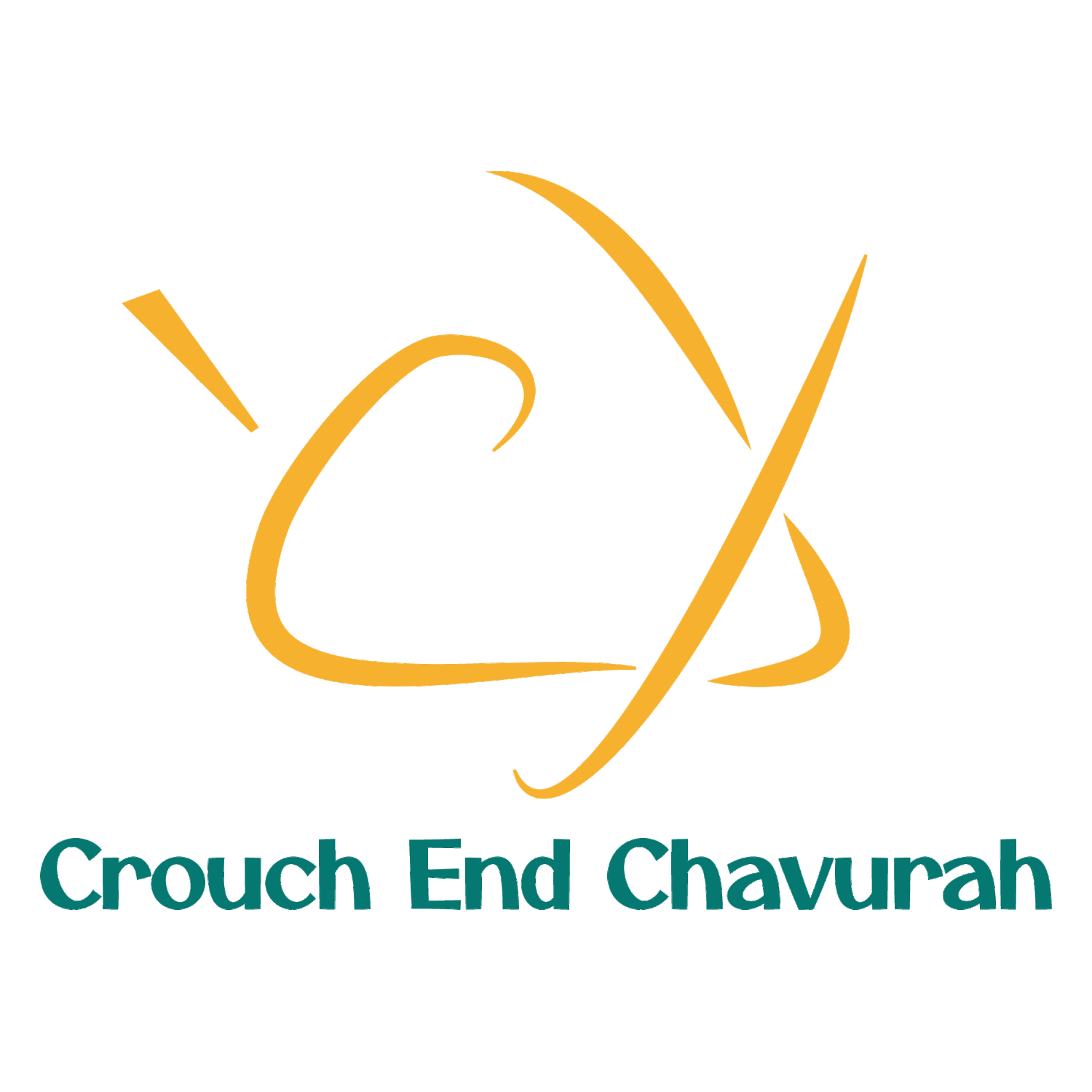Wilderness Awakening
An extract from a conversation with Rabbi Mike Comins, Rabbi Kevin Klein
Our biblical ancestors first experienced God in the wilderness. What did they know that we need to rediscover?
Why do many people feel more "spiritual" or closer to God in nature than in a synagogue?
Rabbi Jamie Korngold (former ultramarathon runner; author of God in the Wilderness (Doubleday); and founder of Adventure Rabbi): It's quite possible that God tried to talk to Moses in the city. But with all the distractions of everyday life-the noise of the marketplace, the dust from the caravans, and his friends saying hello as he passed by-Moses didn't notice God's call. So, too, when we are "off the grid" in wilderness, we have the time to slow down and notice God opportunities.
Rabbi Mike Comins: When we have a profoundly spiritual experience, such as a God-moment in nature, neurons are firing on the right side of the brain-home of our intuition, creativity, and emotions. Language and conceptual thinking activate the left brain. My pet peeve about synagogue services is that we sit down and start reading. We activate the wrong hemisphere! If prayer is to be heartfelt, we have to get to the other side! Fortunately, we have music, which enhances prayer by bringing in our senses (first processed on the right side). Our emotions are more easily stirred; we embody the words.
In wilderness-hiking, skiing, paddling-all of our senses are activated: We're already right-brain. Getting to God from here is a whole lot easier.
Rabbi Kevin Kleinman: There is a Chasidic story about a boy who left the synagogue each morning during his daily prayers to go into the woods. One day his grandfather followed him and watched as his grandson davened (prayed) amid animals and trees.
"Why do you go outside to pray?" he asked.
"When I am in nature I feel closer to God," the boy replied.
"Don't you know that God is the same everywhere?"
"I know," said the boy, "but I'm not."
In nature people often realize they're part of something larger than themselves, the whole web of life.
During the last NFTY convention I led a shacharit (morning) service in a clearing alongside the Potomac River. The teens went off by themselves for a time, reciting words from the prayer book or thoughts in their hearts while standing along the shore of the river or among the trees. When we came back together, sharing insights we'd had while praying with nature, there was a calmer, more peaceful mood in the group. This is the power of praying in the wild.
Rabbi Jamie Korngold: Creating a community is much more organic in the wilderness, because we really need each other to survive. On Passover, I take 180 people from all over the world to the desert of Moab, Utah. We hike two miles up a canyon trail to an immense red rock arch spanning 140 feet, under which we hold our seder. The participants have to help each other over challenging terrain. Before someone can even ask for a hand, he/she looks up to find someone else reaching out to help-and how often in life does someone just offer you a hand?
Click here to read the full article.man, Rabbi Jamie Korngold, and Rabbi Owen Gottlieb.

